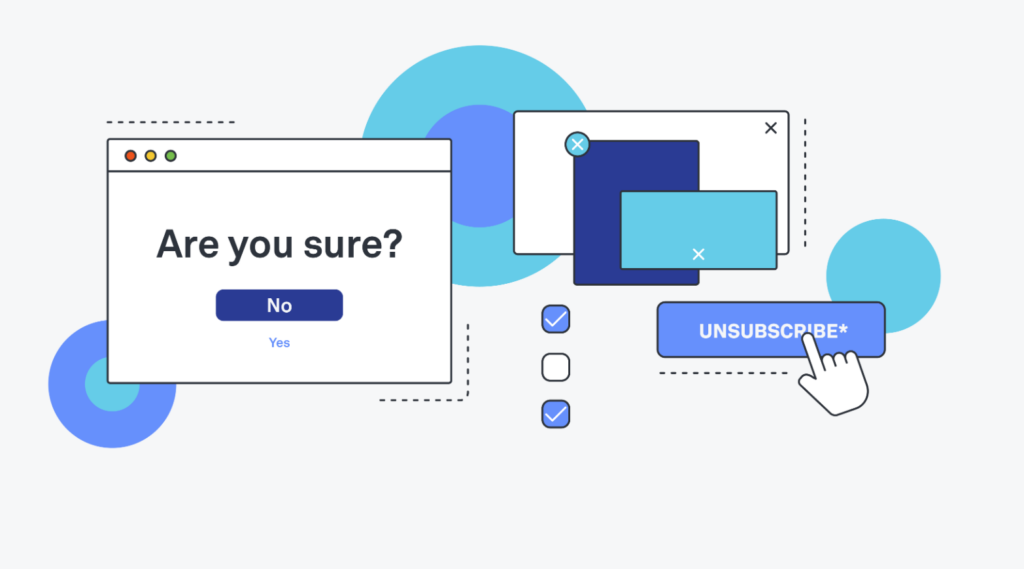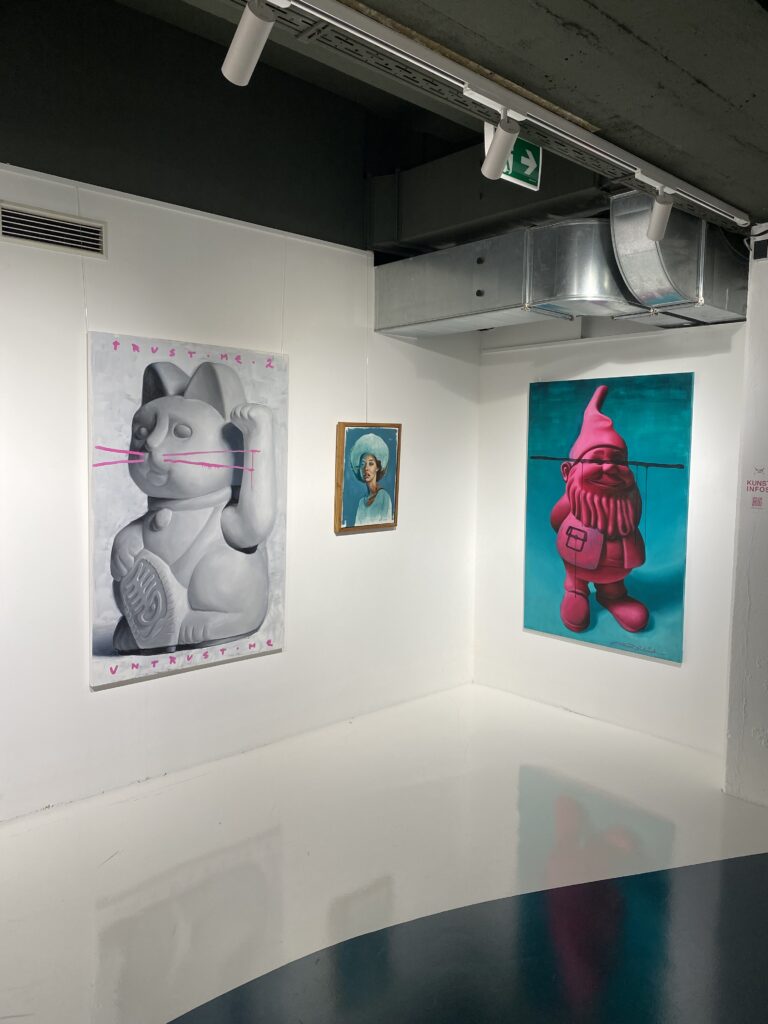Das Problem (Ausgangspunkt, Problembeschreibung)
Auf der Suche nach visuellen Lösungen: Gendern aus der Perspektive eines Designers/einer Designerin
Forschungsfrage: Wie optmiert ein praxisorientierter Leitfaden unter Einbeziehung gestalterischer Prinzipien und Analyse von Medienformaten die Umsetzbarkeit geschlechtergerechten Designs für Designer:innen?
Das Problem (Ausgangspunkt, Problembeschreibung): Die Ausgangsproblematik Ihrer Masterarbeit liegt in der Schwierigkeit, das Gender-Thema aus Sicht von Designer:innen visuell umzusetzen. Praktisch betrachtet zeigt sich das Problem in der fehlenden Klarheit und Umsetzbarkeit für Designer:innen, geschlechtergerechte Gestaltung zu integrieren. Die Ursache könnte in traditionellen Gestaltungspraktiken liegen, die unbeabsichtigt stereotype Geschlechterbilder reproduzieren und soziale Ungleichheiten verstärken.
Das eigentliche Problem besteht möglicherweise in der Diskrepanz zwischen theoretischem Wissen über geschlechtergerechtes Design und seiner praktischen Umsetzung. Designer:innen könnten unsicher sein, wie sie visuelle Botschaften geschlechtergerecht gestalten können, ohne dabei ästhetische oder kommunikative Kompromisse einzugehen.
Zusammengefasst besteht die Herausforderung darin, eine Brücke zwischen Theorie und Praxis zu schaffen, um geschlechtergerechte visuelle Kommunikation zu fördern und stereotype Darstellungen in den visuellen Medien zu überwinden.
Forschungsstand
Wie ist der Stand der Forschung zu diesem Problem? Welche Erkenntnisse liegen vor? Was ist bislang noch nicht (ausreichend) behandelt, geklärt oder widersprüchlich? Welchen Bezug zur vorliegenden Forschung hat die eigene Arbeit?
Fragestellung / Forschungsfrage
Der Stand der Forschung zu geschlechtergerechtem Design hat in den letzten Jahren an Bedeutung gewonnen, und es gibt bereits bedeutende Erkenntnisse in diesem Bereich. Forschungsliteratur, wie Hannah Wittes “Typohacks”, bietet bewährte Methoden und Ansätze für geschlechtergerechte Gestaltung. Es gibt auch Studien, die die Auswirkungen von visuellen Darstellungen auf Geschlechterstereotype und -rollen untersuchen.
Auf welche Frage(n) soll(en) in der Arbeit eine Antwort/en gegeben werden?
- Was sind die aktuellen Herausforderungen und Probleme in Bezug auf geschlechtergerechtes Design in der Praxis?
- – Welche Hindernisse und Unsicherheiten stehen Designer:innen bei der Integration von geschlechtergerechten Gestaltungsprinzipien gegenüber?
- – Warum ist es wichtig, Geschlechterstereotype zu durchbrechen und geschlechtergerechte Darstellungen zu fördern?
4. die Hypothese bzw. das Ziel/die Zielsetzung der Arbeit
| Diese Masterarbeit hat das Ziel, die Umsetzbarkeit geschlechtergerechten Designs für Designer:innen zu verbessern. Konkret werden gestalterische Prinzipien entwickelt, Medienformate analysiert, Herausforderungen in der Praxis identifiziert, theoretisches Wissen in die Praxis übertragen, kulturelle Vielfalt berücksichtigt und ein praxisorientierter Leitfaden erstellt.Zielkatalog:⁃ Entwicklung konkreter gestalterischer Prinzipien.⁃ Analyse verschiedener Medienformate in Bezug auf geschlechtergerechte Gestaltung.⁃ Identifikation von Herausforderungen in der Designpraxis.⁃ Berücksichtigung⁃ Erstellung eines praxisorientierten Leitfadens.⁃ Beitrag zur wissenschaftlichen Forschung im Bereich geschlechtergerechtes Design. |
Methode
Es wird aus dem Blickwinkel der Designer:innen geschrieben, welche den Leitfaden nützen sollen können. Meine Position ist dabei die Brücke zwischen Sprachwissenschaften und Design zu schlagen und eine einheitliche Form des Genderns zu finden, die sowohl die sprachwissenschaftlichen Ansprüche erfüllt als auch designtechnisch umsetzbar ist.
Wie ist das methodische Vorgehen (Arbeitsschritte, Vorgehensweise?) Welche Methoden und Instrumente wollen sie im Projekt einsetzen? Wie sieht ein möglicher Lösungsweg bzw. eine mögliche Vorgehensmethodik aus? Wie soll das Problem gelöst, die Frage beantwortet, wie sollen die Quellen ausgewertet werden?
Zuerst werde ich mich auf Literatur beziehen und versuchen Thesen aufzustellen. Diese Thesen werde ich mithilfe von Interviews mit Designer:innen und Linguistiker:innen versuchen diese Thesen
(Vorläufiges) Literaturverzeichnis
Einleitung (Hinführung zum Thema, Relevanz geschlechtergerechter Gestaltung im Design, Zielsetzung der Arbeit, Aktueller Kontext des Gender-Themas im Design)
Theoretischer Hintergrund (Feministische Designtheorie, Semiotik und visuelle Kommunikation, Soziale Konstruktion von Geschlecht)
Medienpraktiken und ihre Rolle im Geschlechterdiskurs (Analyse verschiedener Medienformate: Magazine, Plakatwerbung, Wissensbücher, Kinderbücher, Blogs, soziale Medien)
Methodik (Beschreibung der angewandten Forschungsmethoden (Interviews mit Genderbeauftragten, Designer:innen, etc.)
Herausforderungen in der Designpraxis (Identifikation von Barrieren und Unsicherheiten bei der Integration geschlechtergerechter Gestaltung)
Transfer theoretischer Erkenntnisse in die Praxis (Entwicklung von gestalterischen Prinzipien und Methoden)
Erstellung eines praxisorientierten Leitfadens (Entwicklung eines Leitfadens basierend auf den erarbeiteten gestalterischen Prinzipien, Praktische Anwendung des Leitfadens in Designprojekten)
Ausblick( Anregungen für zukünftige Forschung, Potenzielle Weiterentwicklung geschlechtergerechter Gestaltungsprinzipien)
Fazit (Zusammenfassung der wichtigsten Ergebnisse, Schlussfolgerungen)
Zeitplan (Projektphasen und -dauer)
Phase 1:
– Vorbereitung (bis zum 15. Februar): Auswahl des Themas, Recherche und erste Literatursichtung
– Expose verfassen (15. Februar – 10. März)
– Expose Probelesen lassen
– Expose abgeben (12.März)
Phase 2: Konzeption (bis Mitte April)
Vertiefte Literaturrecherche, Ausarbeitung des Exposés.
Phase 3: Schreibphase (bis Ende Mai)
Phase 4: Werkstück (bis Ende Juni)
-Werkstück erarbeiten
-Druckvorbereitungen, Formatierung und Layout überprüfen. – 10. Juni: Masterarbeit drucken lassen.
Phase 5: Prüfungsvorbereitung (bis September)
Vorbereitung auf die Verteidigung, Zusammenfassung der Arbeit, mögliche Fragen durchgehen.
Projektaufwand und Finanzierung: Kosten – Zeit – Personal – Ressourcen anderer Art
Drucken lassen der Arbeiten (4 Stück) ca. 200€


